The merger of Ho Chi Minh City with Binh Duong and Ba Ria - Vung Tau is a strategic turning point decision, expanding development space, urban reconstruction and promoting a green growth model for the entire region.
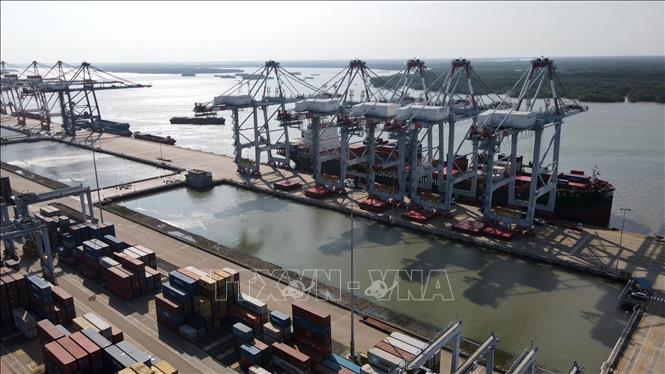
To realize the development strategy and turn challenges into breakthrough driving forces of Ho Chi Minh City, the Industrial Development and Investment Corporation - JSC (Becamex Group) proposed the solution of the Ho Chi Minh City - Cai Mep - Bau Bang - Can Tho express railway route.
East-West international railway axis
Mr. Nguyen Van Hung, Chairman of Becamex Group, said that after the merger, the new Ho Chi Minh City now has a lot of potential to develop and promote the strengths of the locality; in which, opening up opportunities to connect regions by road, waterway and towards regional railway. For projects such as railways to soon become reality, there needs to be a clear mechanism, for example, the State clears the land, and enterprises implement construction and operation.
According to the proposal of Becamex Group, two strategic railway lines are proposed: Bau Bang - Cai Mep express railway line and Ho Chi Minh City - Can Tho line . Focusing on building and developing a green logistics system, becoming the "backbone" of the transportation industry.
Specifically, the Bau Bang - An Binh - Cai Mep route has a total length of 127 km, a total investment of nearly 153,000 billion VND, a speed of 160 km/h for passenger ships and 120 km/h for cargo ships. This route is expected to directly connect the old Binh Duong and Dong Nai industrial parks with the Cai Mep - Thi Vai deep-water port cluster, creating advantages in maritime transport.
In addition, the Ho Chi Minh City - Can Tho route is about 174 km long, with a total investment of more than 173,600 billion VND in phase 1, designed with a speed of 200 km/h for passenger trains and 160 km/h for cargo trains. The route will become an important bridge to bring goods and agricultural products from the Mekong Delta to industrial centers and international seaports.
These routes are designed to interconnect, forming a modern railway network, connecting seaports, industrial zones and large urban areas. When completed, the project can help save more than 2.2 billion USD in logistics costs each year, contributing to making Ho Chi Minh City and the Southern region become a green, smart and sustainable transportation center.
Regarding the proposal to study the project of urban development transport projects in Ho Chi Minh City by Becamex Group, Chairman of Ho Chi Minh City People's Committee Nguyen Van Duoc and the working delegation worked with Becamex Group on the "Proposal to study the express railway route connecting the center of Ho Chi Minh City to Cai Mep - Bai Bang - Can Tho".
Mr. Tran Quang Lam - Director of the Ho Chi Minh City Department of Construction said that currently, regional railway lines are very necessary. In which, many lines are being studied for pre-feasibility and appraised by the Ministry of Construction. Therefore, for the project proposed by Becamex, the unit needs to study the entire project to avoid interruption.
According to Vice Chairman of Ho Chi Minh City People's Committee Bui Xuan Cuong, Becamex needs to conduct research on the expansion of the railway lines that the unit has proposed. Regarding the proposal for the My Phuoc Tan Van road project, Mr. Cuong also requested the enterprise and related units to hold a meeting to come up with the best solution.
Mr. Nguyen Van Duoc, Chairman of the People's Committee of Ho Chi Minh City highly appreciated the proposals of major railway projects, solving the traffic system of the National, the new Ho Chi Minh City and the regional development of Becamex Group. For railway routes, the city is in the spirit of unity for Becamex to study. For the Ho Chi Minh City - Cai Mep railway route, passing through Dong Nai province, the People's Committee of Ho Chi Minh City will organize a meeting with this province to unify the plan for the most convenient and smooth investment.
Aspiration to connect railways for Ho Chi Minh City to make a breakthrough
Dr. Huynh Thanh Dien, lecturer at Nguyen Tat Thanh University (Ho Chi Minh City), said that the story of the radial railway connecting the industrial park with the seaport is linked to the vision of turning Ho Chi Minh City into a three-centered megacity: industry - finance - seaport. This is not only a transport infrastructure but also a strategic "blood vessel" to optimize the production - logistics - export chain, reduce costs and increase benefits for both domestic and FDI enterprises.
More importantly, the port and mother ships also carry technology, capital and ideas, turning Ho Chi Minh City into a global meeting point, attracting international corporations and entrepreneurs. That is the symbol of the aspiration for Ho Chi Minh City to break through, affirming its position as a global center in the new value chain.
A railway line from Bau Bang – the “headland” to Cai Mep – the “cape land” with a speed of 160 km/h for passengers and 120 km/h for goods will open up a big breakthrough. People benefit from fast and convenient travel; businesses benefit when goods from the factory to the mother ship only take one straight trip, no congestion, no cost increase. This is a model of integrated infrastructure, both serving people's lives and increasing export competitiveness.
If realized, this route will become the backbone of the Ho Chi Minh City megacity in the new development phase. Adjacent to the Bau Bang - Cai Mep railway and the seaport cluster are four free trade zones (FTZs) including: Cai Mep Ha FTZ, Can Gio FTZ, Bau Bang FTZ and An Binh FTZ; helping goods move from the place of production to the place of consumption quickly and cheaply. Something that many countries in the world have done.
Developing FTZs in conjunction with railways and seaports is an inevitable trend to enhance competitiveness. However, if all four FTZs are deployed simultaneously, resources will be divided, leading to a situation of “many but not strong”. At that time, each zone will hardly have enough scale and attraction to compete internationally.
Experience from Singapore or Shanghai shows that just a few truly strategic FTZs, linked to international seaports and large logistics centers, are enough to create a superior competitive advantage. If capital, incentives and infrastructure are concentrated in 1-2 locations, the concentrated power will create a much larger spillover effect.
The risk of widespread expansion is that investment capital is dispersed, making infrastructure, services and incentive mechanisms nowhere strong enough to create attraction. At the same time, FTZs in the same region are prone to internal competition, eliminating complementary advantages instead of joining forces to attract international investors. Moreover, policies also become diluted because foreign investors often look for convergence points of sufficient scale and full service, rather than being interested in many small, scattered and unconnected zones.
It is necessary to choose a strategic location - associated with a deep-water port (Cai Mep, Can Gio), this is a place that can both attract international goods and connect directly with domestic production, forming a complete "logistics - trade - industry cluster". In short, FTZ is very necessary to increase competitiveness, but instead of spreading out 4 zones, it should focus on 1-2 large-scale zones, optimal locations, to create a real driving force for Ho Chi Minh City and the key economic region of the South - Dr. Dien said.
According to Dr. Nguyen Van Tan, Head of the Faculty of International Economics and Management, and Head of Lac Hong University (Dong Nai), the idea of a super-urban Ho Chi Minh City with three centers - industry, finance and seaport - becomes vivid when imagining a radial railway line connecting the industrial park directly to the port. It is not only a rail for goods but also a route connecting ideas, capital and technology.
The port and the “mother ship” become a global rendezvous, where corporations, entrepreneurs and investment flows reach the city at a fast and safe pace. However, to turn this aspiration into reality, it requires a vision of inter-regional planning, integrated logistics infrastructure, transparent procedures and a commitment to green sustainability. If done well, the railway will not only solve the transportation problem but also create a symbol of integration - opening a new era for Ho Chi Minh City where trade meets innovation and opportunities spread around the world.
According to Dr. Tan, the idea of a 127-km Bau Bang - Cai Mep railway line, with passenger trains running at 160 km/h and a separate freight lane running at 120 km/h, is truly revolutionary for the region. For people, it is an opportunity to move quickly and safely between urban centers - shortening travel times, reducing pressure on roads and improving the quality of daily life. For businesses and seaports, this line turns factories into the "backyard" of the port: goods from industrial parks are transferred directly to mother ships faster, logistics costs are reduced, supply chains are more flexible and export competitiveness is increased.
However, to realize the benefits, many issues need to be resolved such as large investment capital, site clearance, connecting port infrastructure - industrial parks - residential areas, and commitment to green and safe operations. If inter-regional planning, transparent policies and sustainable investment, this railway line will not only be a railway - but also a driving force to turn Ho Chi Minh City into a super urban area of port - industry - finance, bringing practical benefits to the community.
“The idea of Becamex undertaking the Bau Bang – Cai Mep railway worth nearly 6 billion USD sounds both bold and reasonable when placed in the context of four adjacent FTZs (Cai Mep Ha, Can Gio, Bau Bang, An Binh). Strategically, a radial line connecting the factory - industrial park - seaport will shorten transportation time, reduce logistics costs, create dedicated lanes for goods and increase investment attraction for FTZs following the model that many countries have successfully implemented,” Dr. Tan affirmed.
However, Dr. Tan also worries that this huge investment is not just a technical problem, it requires sustainable capital, a transparent PPP mechanism, site clearance, port-warehouse-railway infrastructure connection, and an effective operating plan. Special attention should be paid to environmental factors (for example, the Can Gio area has high ecological value) and inter-regional planning to avoid conflicts of interest.
If implemented in phases, with preferential policies in the FTZ, a modern logistics coordination system and a commitment to green sustainability, the project could become a transformational driver - turning the region into a fast, cheap and competitive export corridor, while opening up economic development opportunities for local communities.
Source: https://baotintuc.vn/kinh-te/tuyen-duong-sat-nhanh-ket-noi-dong-tay-giai-phap-dot-pha-cho-logistics-xanh-vung-nam-bo-20251009080856022.htm




![[Photo] Prime Minister Pham Minh Chinh inspects and directs the work of overcoming the consequences of floods after the storm in Thai Nguyen](https://vphoto.vietnam.vn/thumb/1200x675/vietnam/resource/IMAGE/2025/10/08/1759930075451_dsc-9441-jpg.webp)

![[Photo] Prime Minister Pham Minh Chinh attends the World Congress of the International Federation of Freight Forwarders and Transport Associations - FIATA](https://vphoto.vietnam.vn/thumb/1200x675/vietnam/resource/IMAGE/2025/10/08/1759936077106_dsc-0434-jpg.webp)

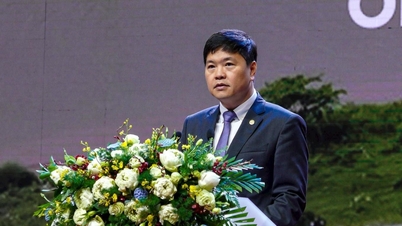

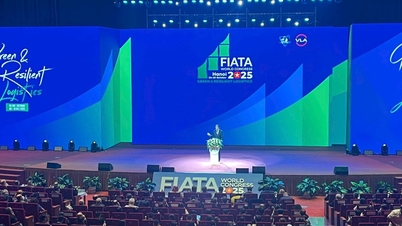

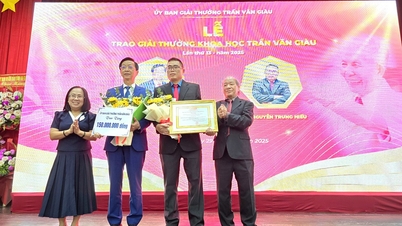

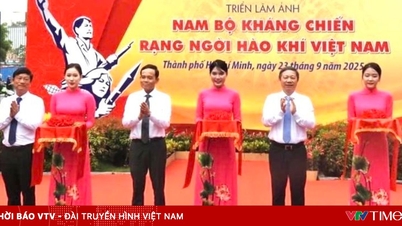



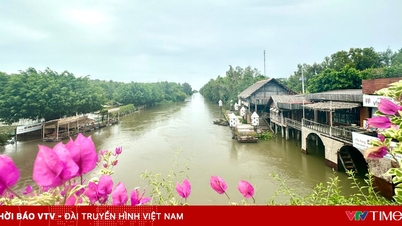
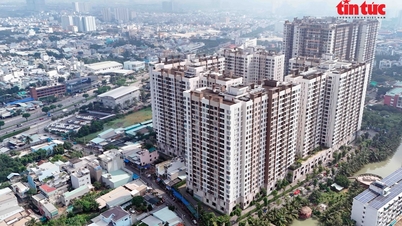


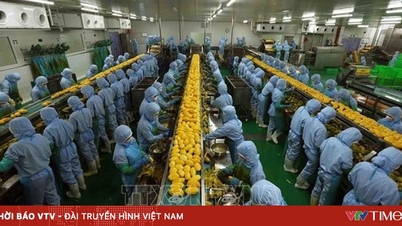

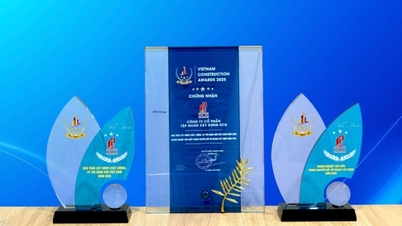





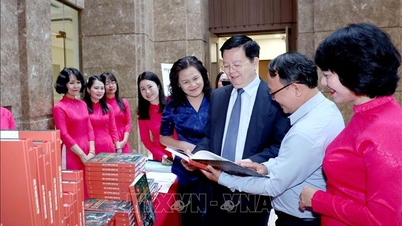


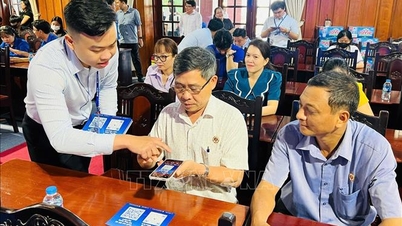
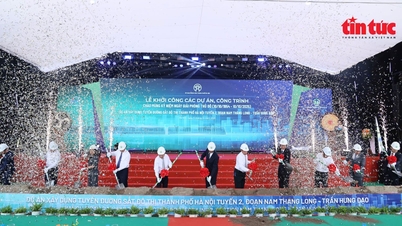
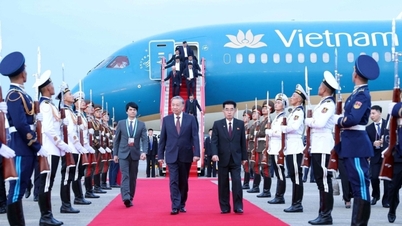





















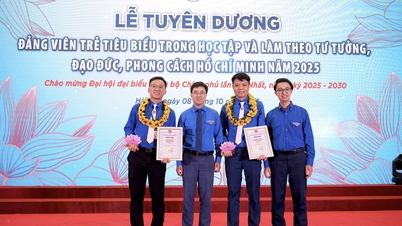
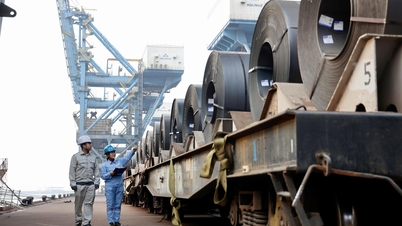


















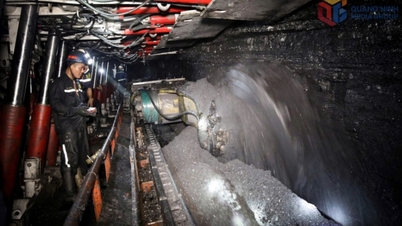




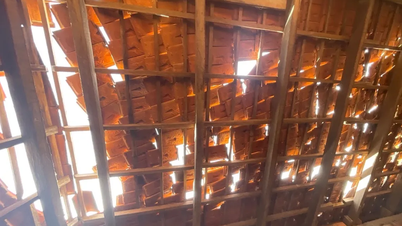


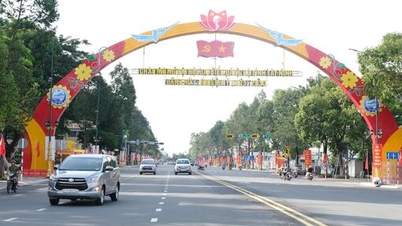














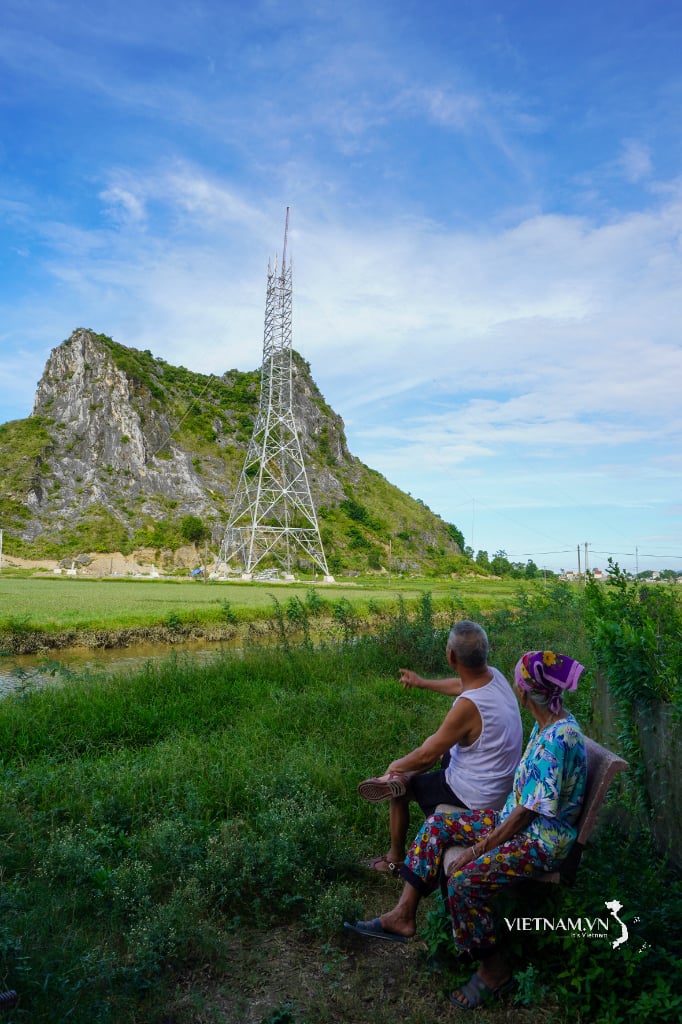
Comment (0)